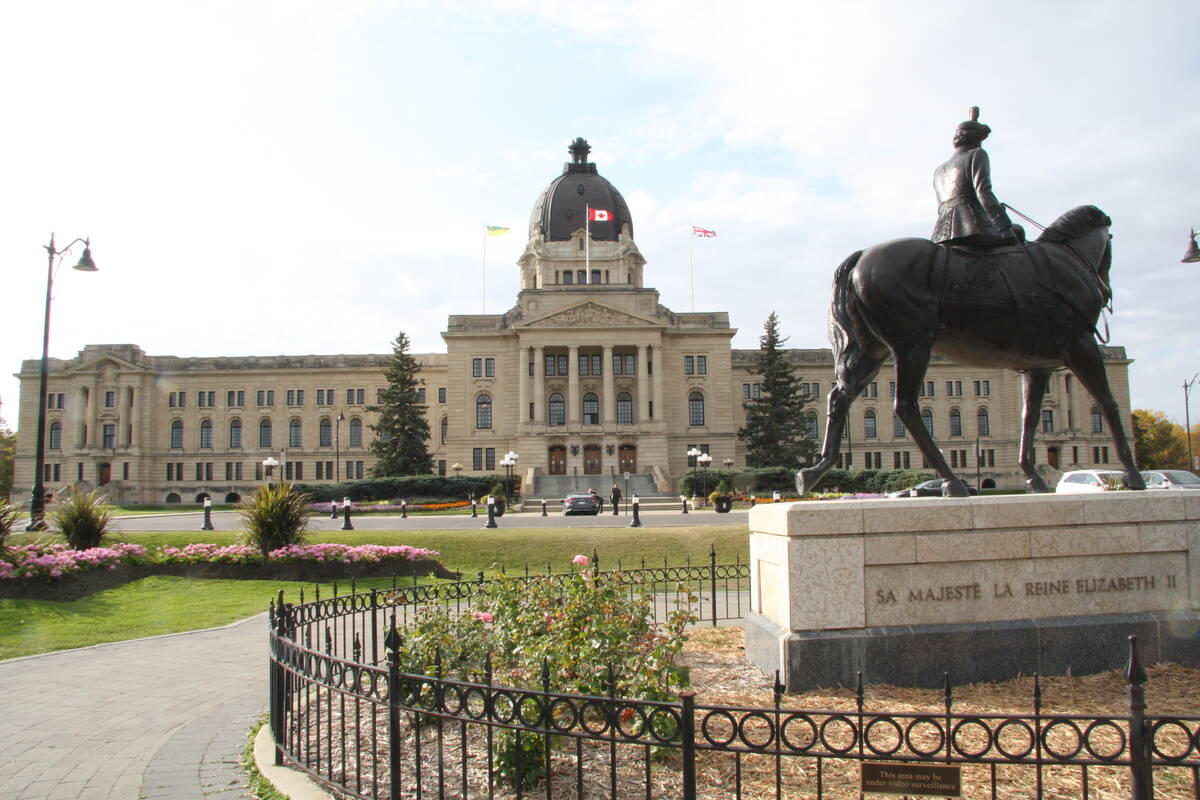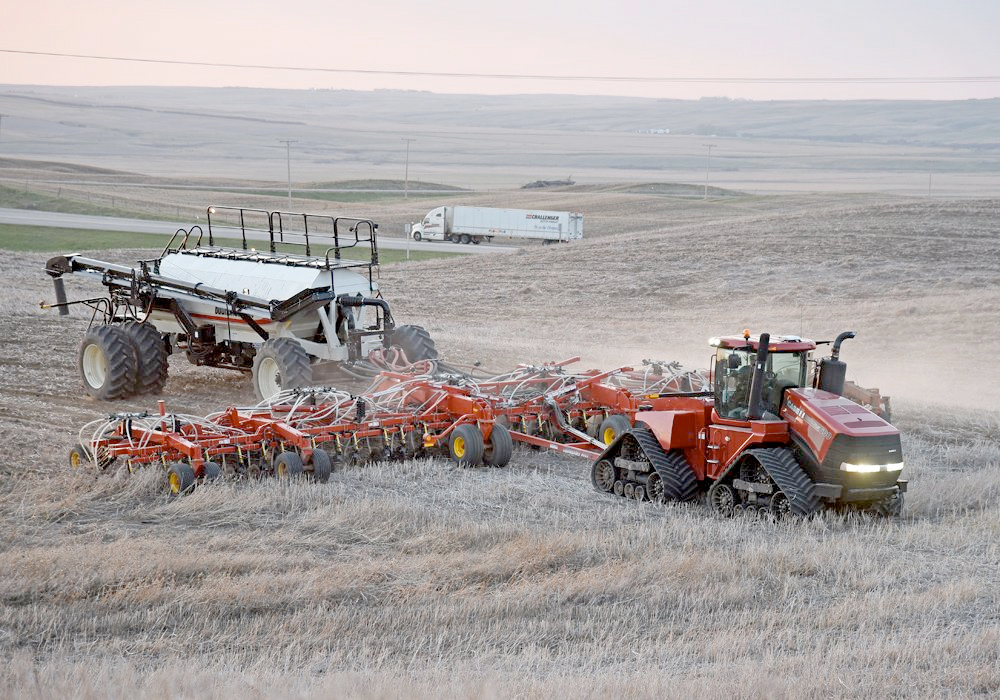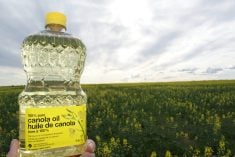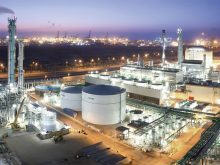A recent study at the University of Saskatchewan found that most of the province’s growers use optimal rates or less
BALGONIE, Sask. — A study at the University of Saskatchewan found a tax or cap on fertilizer use in canola would harm producer profitability when most are already using optimal amounts.
Michelle Ross studied the topic for her master’s thesis after the federal government floated its target to reduce emissions from fertilizer by 30 percent by 2030.
Now a research associate at the university, Ross presented her findings at the Indian Head Agricultural Research Foundation soil and crop management seminar.
Read Also

Saskatchewan throne speech promises strong economy
Saskatchewan’s legislative agenda for the coming year will focus on meeting the challenges of new world trading relationships, said the speech from the throne.
“Applying a tax or cap or across-the-board policy would be inefficient economically,” she said during her presentation.
She said reducing emissions from a crop like canola that uses a lot of nitrogen would be challenging, plus there is growing demand for the crop in biofuel.
Economists from Eastern Canada said producers apply too much nitrogen and could benefit from a cap or tax through reduced costs and lower emissions. However, that research is largely based on corn, and Ross wanted to look at the issue through a western lens.
She found most Saskatchewan canola producers are actually underapplying nitrogen relative to the amounts she found to be optimal.
She used 2011-19 data from the Saskatchewan Crop Insurance Corp. to determine the average yield of 42 bushels per acre, nitrogen application of 97 pounds per acre and rainfall of 9.5 inches. The majority did not apply fungicide and most were seeding into cereal stubble.
In her calculations, she used a carbon price of $170 per tonne, as it is scheduled to be in 2030. She used emissions factor estimates, a canola production function and estimated private economically optimal nitrogen rates using the average annual prices for canola and nitrogen.
The optimal rate for canola grown on cereal was found to be about 126 lb. per ac.
“Producers are reporting they are applying near or below what I’m estimating to be optimal,” Ross said.
“There’s not a lot of evidence that producers are overapplying nitrogen.”
Only 2.65 percent were above the optimal rate.
She then examined what would happen if there was a direct tax on nitrous oxide emissions or if the government mandated a 30 percent reduction in fertilizer use.
Applying nitrogen at the optimal rate of 126 lb. and applying a tax of $170 per tonne would cost $261 extra per tonne of actual nitrogen, she said.
“If that were the case, the nitrogen rate would be reduced by 13 percent and it would reduce producer net returns by $34, almost $35, per hectare, so about half that per acre,” she said. “And it would reduce emissions by about 30 CO2 equivalents per kilogram/hectare, so only about $5 a hectare, so a larger cost to the producer than what is reducing in carbon.”
A 30 percent cut to nitrogen use would come at a cost to society of about $4 per ha, she said.
“The marginal cost of abatement would be $386 per tonne of C02 equivalent. That’s almost double what the federal government has set as the price of carbon.”
It would reduce producer net return by almost $75 per ha.
For the producers who are already underapplying, a reduction in use would exacerbate the problem.
“The cost to society would be $15 per ha and marginal costs would then become even bigger, almost 3.5 times what the federal government has scheduled it to be,” said Ross.
She said her findings are opposite to what eastern economists found and suggest that an across-the-board policy is not the best route. She said using 4R stewardship, education and extension would be more beneficial to reducing emissions.
Ross said she has presented her work at several economics conferences and does get pushback from those who believe farmers are applying too much nitrogen.
Ross is now studying wheat in the same context.
















